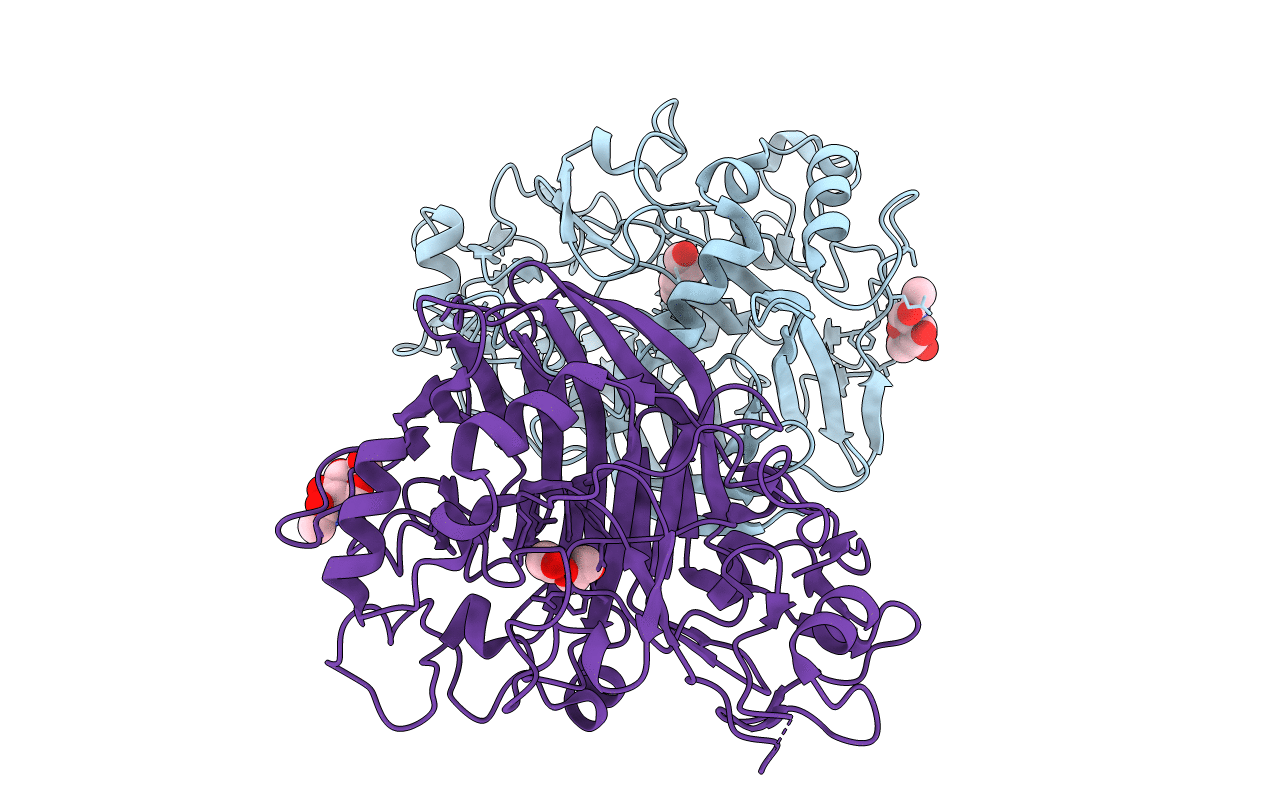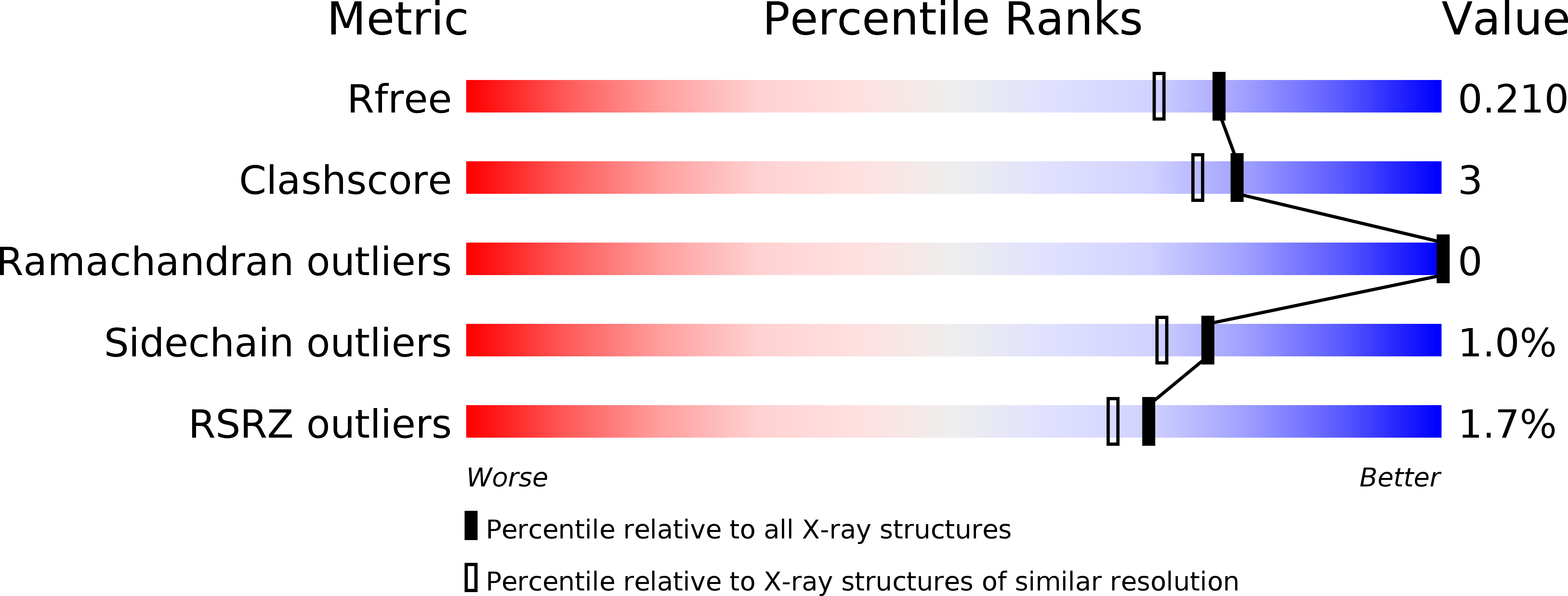
Deposition Date
2014-03-07
Release Date
2014-09-10
Last Version Date
2024-10-09
Entry Detail
PDB ID:
4CSI
Keywords:
Title:
Crystal structure of the thermostable Cellobiohydrolase Cel7A from the fungus Humicola grisea var. thermoidea.
Biological Source:
Source Organism:
HUMICOLA GRISEA VAR. THERMOIDEA (Taxon ID: 5528)
Host Organism:
Method Details:
Experimental Method:
Resolution:
1.80 Å
R-Value Free:
0.20
R-Value Work:
0.16
R-Value Observed:
0.16
Space Group:
P 21 21 21


